High heating costs, but cold feet? A widespread problem for which there is often a simple solution: Ceiling fans. Most people associate a fan with the task of providing a cool breeze on sweltering summer days. We explain why ceiling fans are just as useful in winter as in summer.
Get to know the popular lights of the Mid Century style, including filigree arc lights, designer lamps. Glass lamps & more.
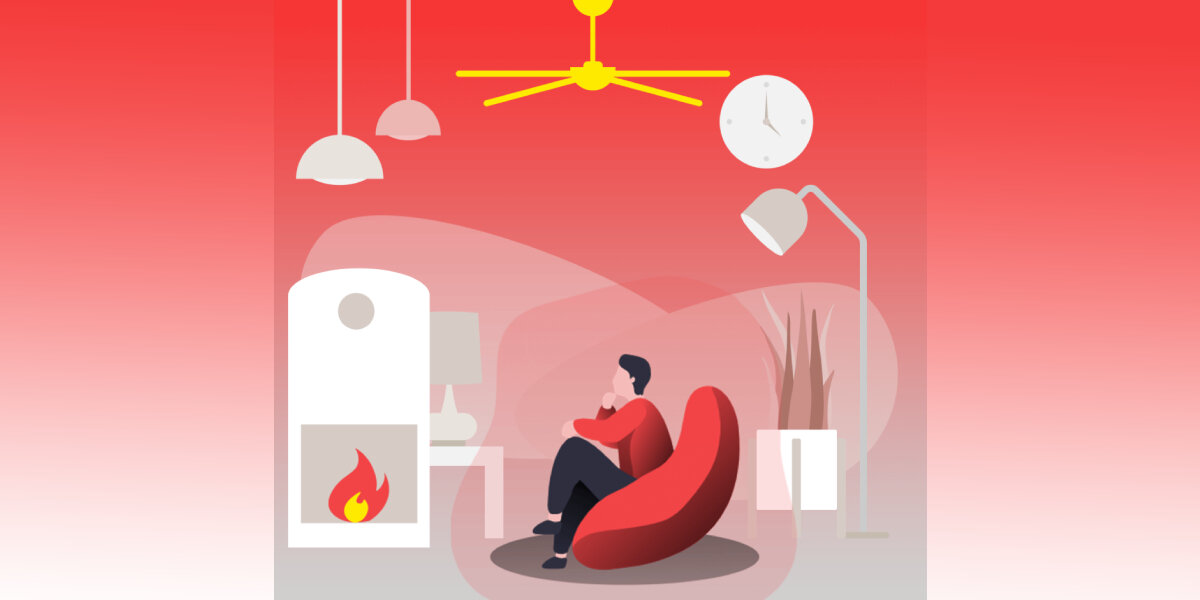
Save Heating Costs with a Ceiling Fan
The weight of warm air is less than that of cold air. This is why the warm air rises upwards, creating a temperature difference between the ceiling and the areas near the floor. This effect is particularly strong in modern stoves. The heat energy produced is concentrated in the area above the fireplace on the room ceiling. High rooms further increase the vertical temperature differences.
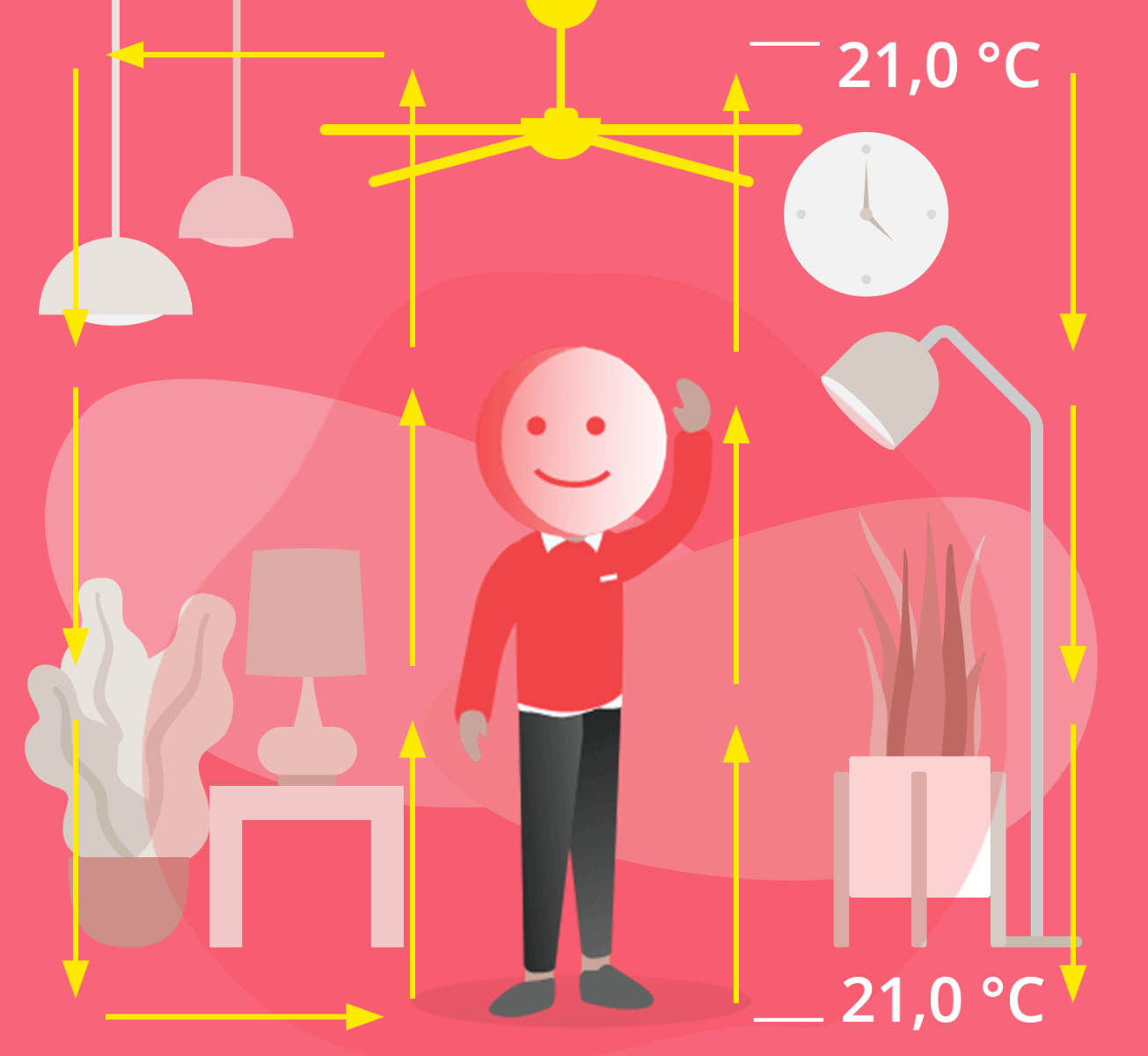
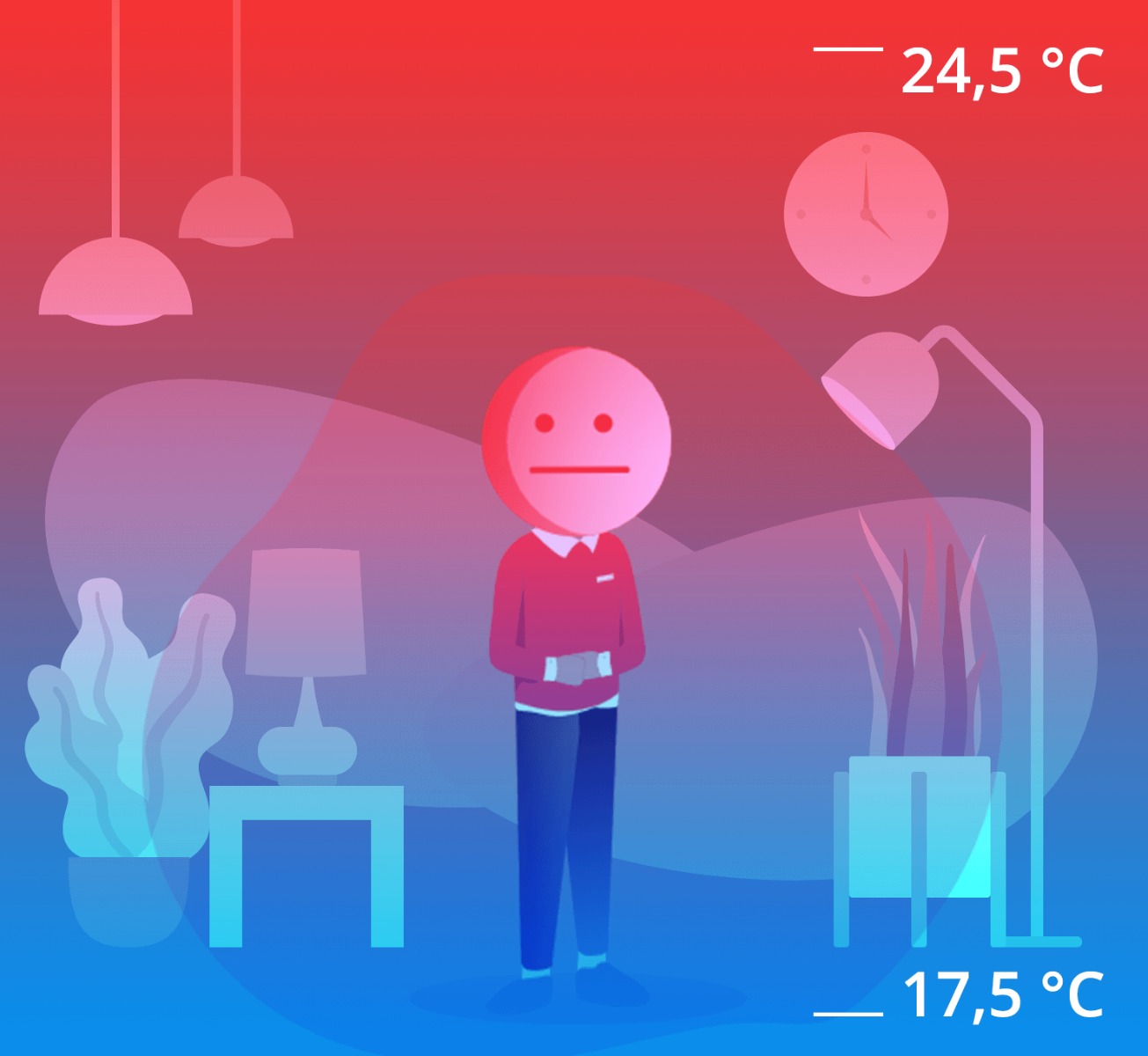
Balancing Temperature Differences with a Ceiling Fan
With a ceiling fan, you can distribute the warm air evenly in the room and the heat energy is no longer wasted on areas in the room where it is not needed. In this way, you can save on heating costs in winter with a ceiling fan.
A suitable ceiling fan is the simple secret to success for efficient air circulation. Especially when heating with a stove, a ceiling fan is an effective means of distributing the warm air as widely and evenly as possible within the room and also into other rooms. The fan increases the range of the air flow.
Why Ceiling Fans are Useful in Winter:
- Even heat distribution
- Save heating costs
- Increase the range of the heating effect
Are There Special Ceiling Fans for Summer and Winter?
Ceiling fan in clockwise or anticlockwise rotation, in forward or reverse rotation, for summer operation or winter operation - these are many terms that all refer to the operating mode of the ceiling fan.
- Forward rotation or clockwise rotation is the term used for the operating mode in summer;
- When it comes to winter operation, we are talking about counterclockwise or reverse operation.
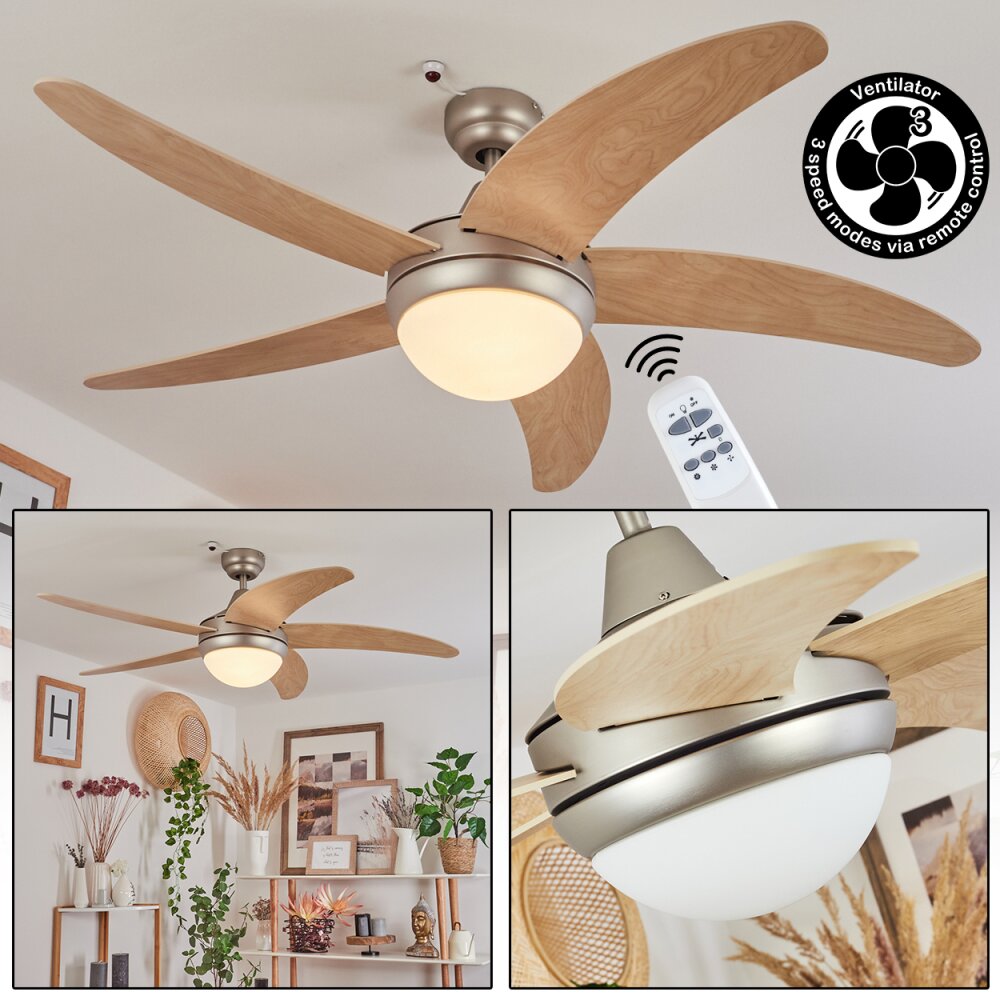
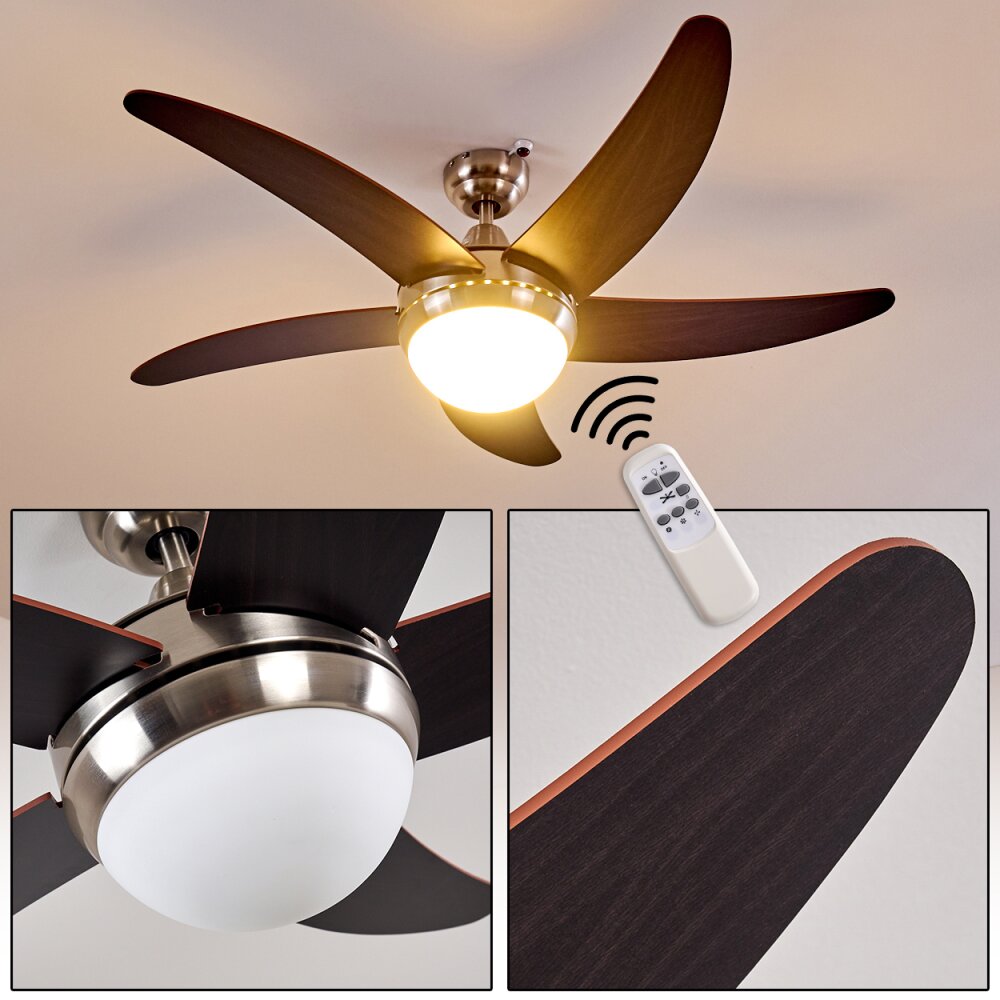

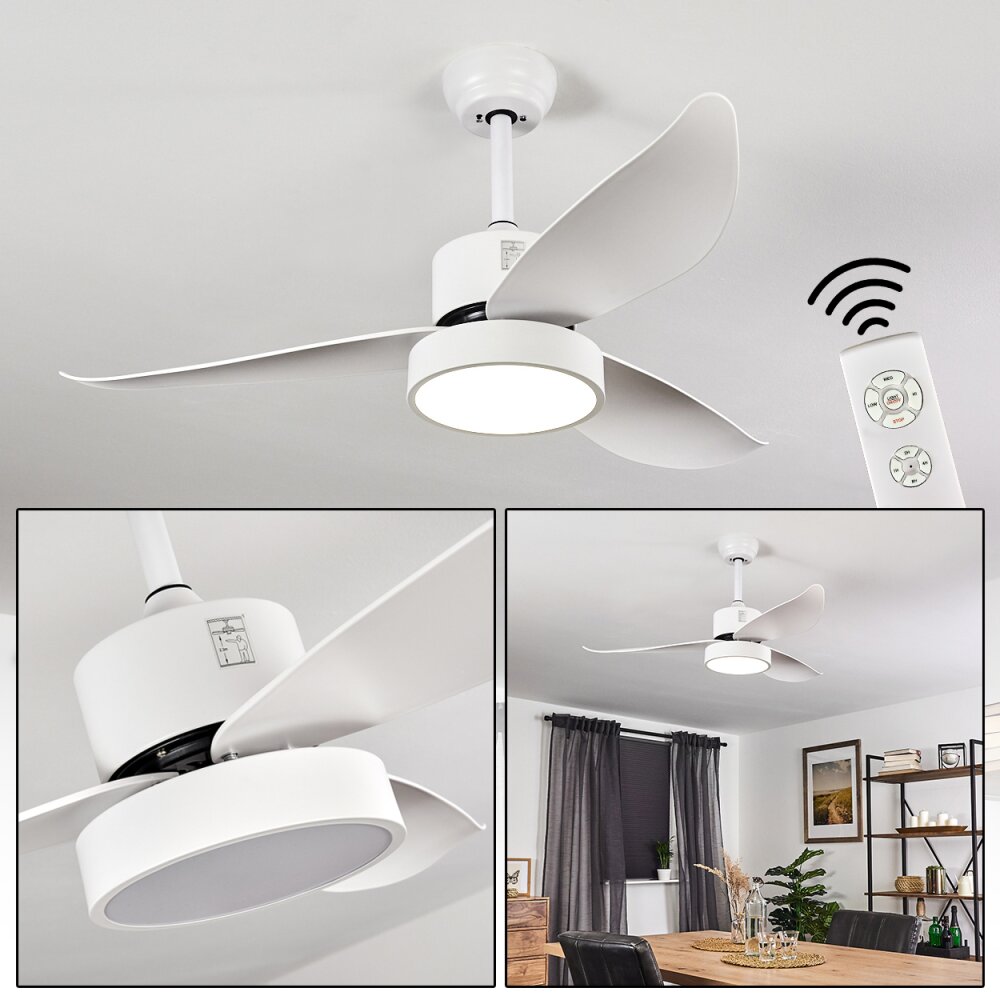
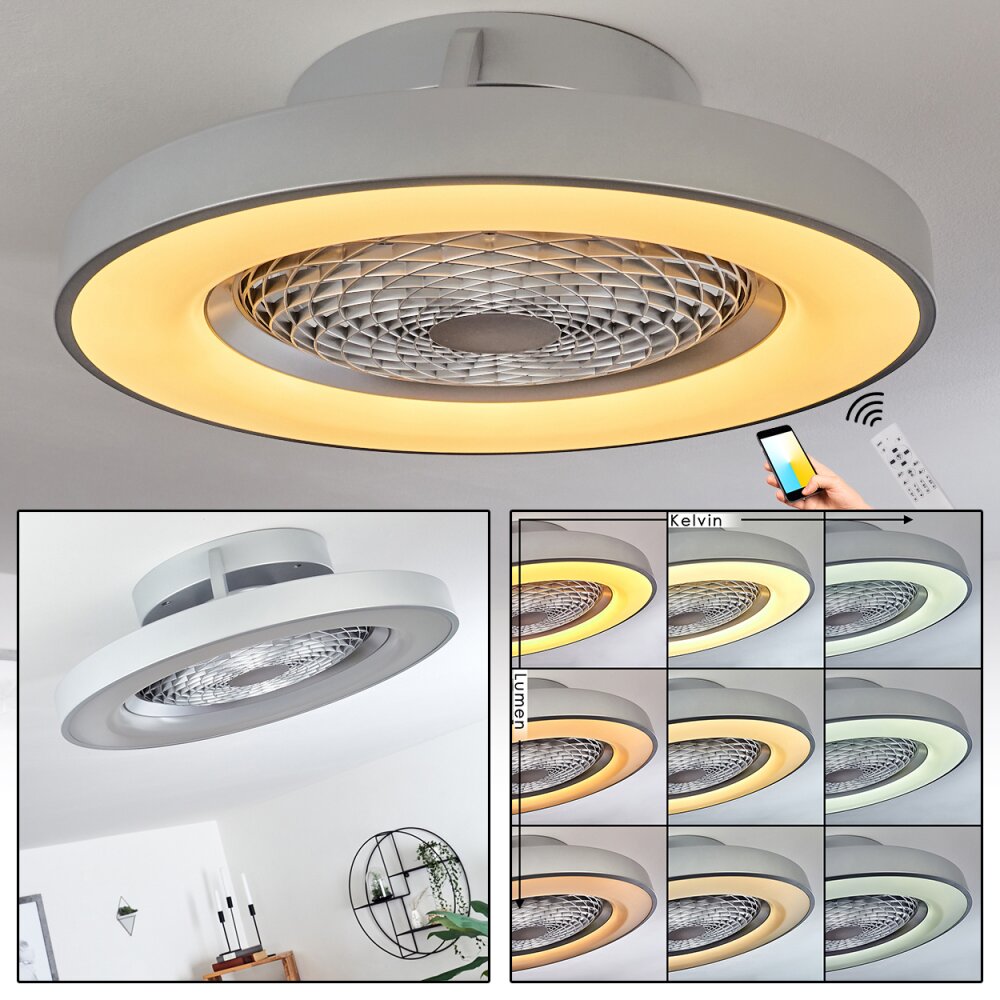
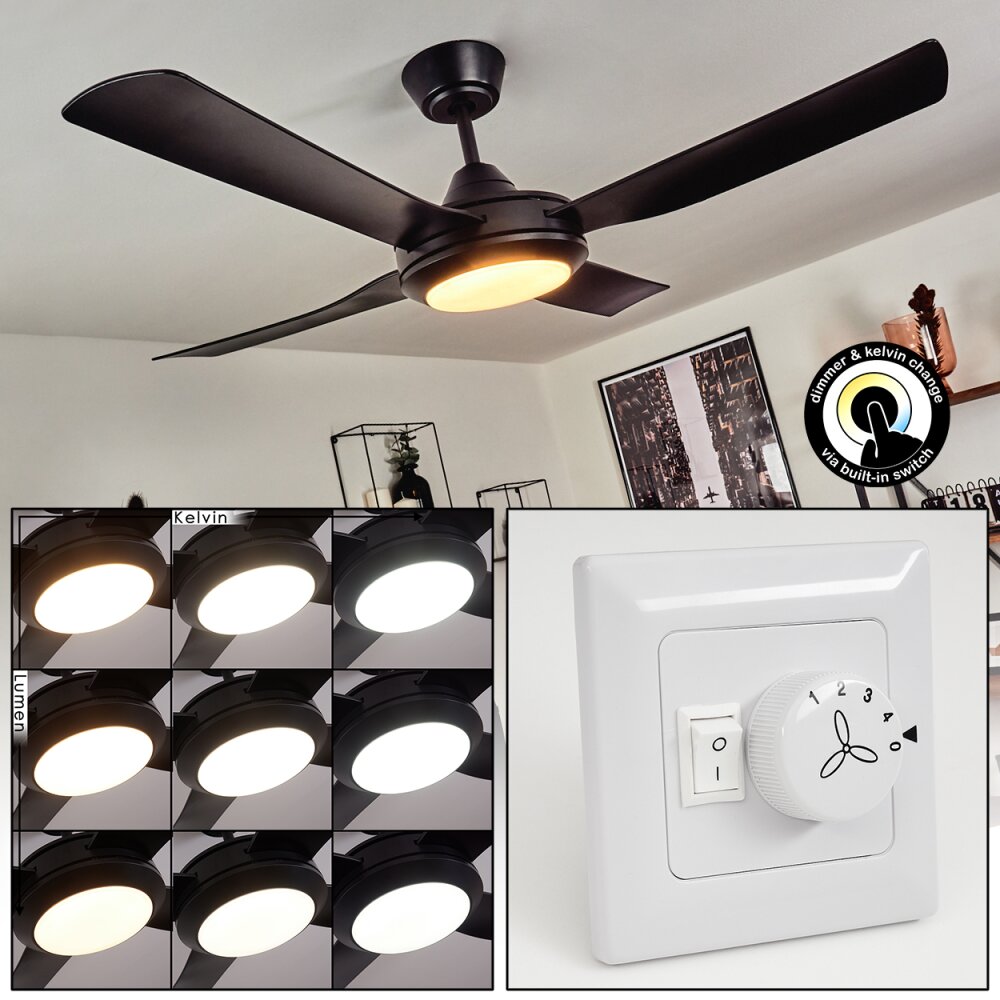
We often receive the question: forward or reverse operation - which is better? That depends on the intended use. Basically, ceiling fans with forward rotation are suitable for the summer because they direct the air flow directly downwards, which is perceived as cool on the skin. In reverse operation, the room air is literally sucked in by the ceiling fan to distribute it evenly. Reverse operation is therefore mainly used in winter. The running mode can therefore be made dependent on the season.
But: There are of course exceptions to every rule. In rooms with high ceilings, the winter mode reaches its limits. With ceiling heights over 2.80 m, the warm air may not reach the floor. It is therefore advisable to run the ceiling fan in "summer" mode even in winter when the ceilings are high. In this way, the air masses are evenly mixed. Then set the fan to rotate as slowly as possible so that the air does not cool down again.
While it sounds like you need to get two ceiling fans to ensure the best temperature control for each season, most ceiling fans have both settings. When it gets warm, you can easily switch from reverse to forward and vice versa. Just look for a note on the product detail pages of our ceiling fans.
This is What You Should Bear in Mind for Winter Operation:
- For effective use in reverse mode, the room should not be higher than 2.80 m.
- Mount the ceiling fan in the centre of the room ceiling
- Set a low rotation speed

